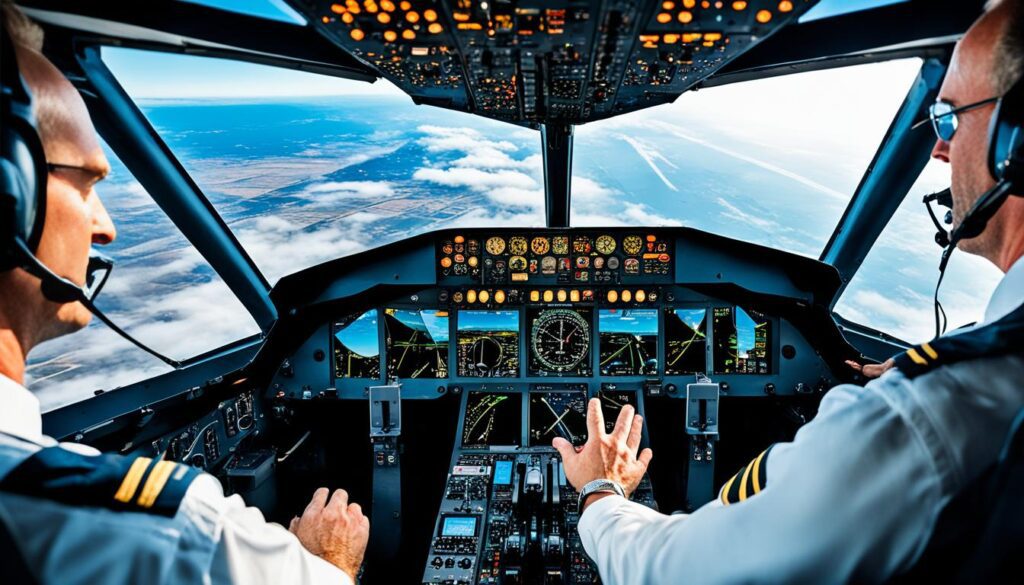Are You Planning on Becoming a Pilot After 10th in India? In order to be successful as a pilot after 10th grade in India, you will require proper education, medical tests and rigorous training. First you will need to pass Class 10 with high grades in English and Math. For pilot training1, 10+2 courses must contain at least 50% in both Physics and Math for pilot certification..
Table of Contents
At 17, you can begin flying training in India. A medical check-up should also take place, typically done in Mumbai, Bangalore and Delhi3. Following that, go to an aviation school for ground training that will prepare you for flying.
Pilot schools in India such as Golden Epaulettes Aviation offer comprehensive courses. These encompass ground, flight and simulator instruction. After completion of this training course, you are prepared for the DGCA exams: written, oral and flying tests. In order to obtain your Commercial Pilot License (CPL), 200 hours must have been accumulated including solo flights as well as cross-country ones.
With your Commercial Pilot License (CPL), you can fly for work or pleasure, while to advance further you must obtain an Airline Transport Pilot License (ATPL). To do so requires 1500 hours of flying experience as well as rigorous exams – however this allows you to work in many fields such as commercial airlines, charter services or cargo airlines. For more details, see How to become a Pilot after 10th Class in India:
Key Takeaways
- Minimum age to start pilot training in India is 17 years.
- Educational requirement: Completion of 10+2 with 50% in physics and mathematics.
- Medical assessments are conducted in select cities like Mumbai and Bangalore.
- A Commercial Pilot License (CPL) requires 200 hours of flight time.
- Advanced certifications like ATPL require 1500 hours of flight time.
- Golden Epaulettes Aviation provides quality training for various pilot licenses.
How Can One Become a Pilot After 10th in India After passing your 10th in India
you can pursue a pilot career. Many institutes provide aviation courses which will equip you with all of the skills needed for flying. Golden Epaulettes Aviation boasts a 100% course completion rate45 and over 10,000 students received career advice. Therefore, this academy stands as an outstanding choice for anyone hoping to become pilots
Training as a pilot typically takes between one and two years4. Students learn, take DGCA exams, and undergo medical checks as part of their pilot education at Golden Epaulettes Aviation. Golden Epaulettes Aviation provides rigorous instruction that prepares its students to meet these standards
Knowledge of Physics and Math must be at a high standard, in order to pass DGCA exams5. This allows you to move forward in your training program.
Costs associated with pilot training typically range from Rs. 2-4 lakhs, making it one of the more economical courses available. You will require 1,500 hours of flying experience before becoming a commercial pilot – something you may achieve through internships or volunteering.
India boasts the world’s highest female pilot representation with 12.4% of major airline pilots being women6. This shows just how welcoming aviation industry is for women; starting pilot training after 10th in India promises a difficult but rewarding journey ahead. Eligibility Criteria for Pilot Training in India
Eligibility Criteria for Pilot Training in India
To start pilot training in India, you must meet certain requirements. These include your education, health, and age. You need to be ready for the tough training ahead.
Minimum Educational Qualifications
You must finish your 10th grade with good marks in English and Math. You also need at least 50% in Physics and Math in your 10+27. You should pass class 12 in the Science stream with subjects like Physics, Chemistry, and Math8.
Medical Requirements
Being healthy is key for pilots. You must pass a detailed medical check-up. This includes tests for your eyes, hearing, body, and mind9. Both men and women must meet height and vision standards8.
Age Criteria
You must be 17 years old to start pilot training in India7. But, you need to be 18 to get a Commercial Pilot License (CPL)9. This rule makes sure you’re ready for the big job of flying.
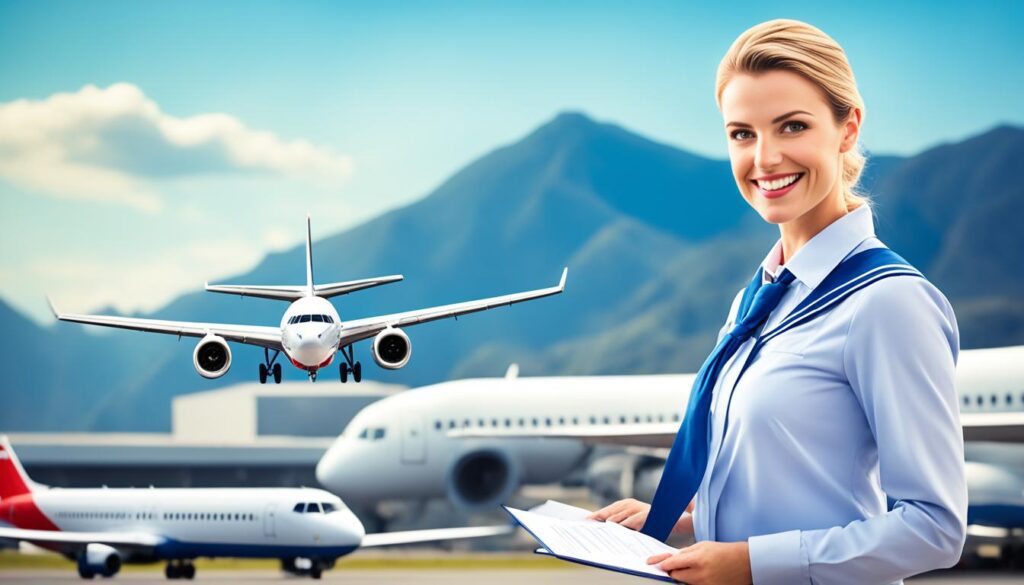
How to Become a Pilot after 10th Class in India
To become a pilot after 10th class, you need to follow some steps. First, finish your 10+2 with subjects like Physics, Maths, and Chemistry. You can do this through regular or open schooling from the National Institute of Open Schooling10. This is key to getting into pilot training.
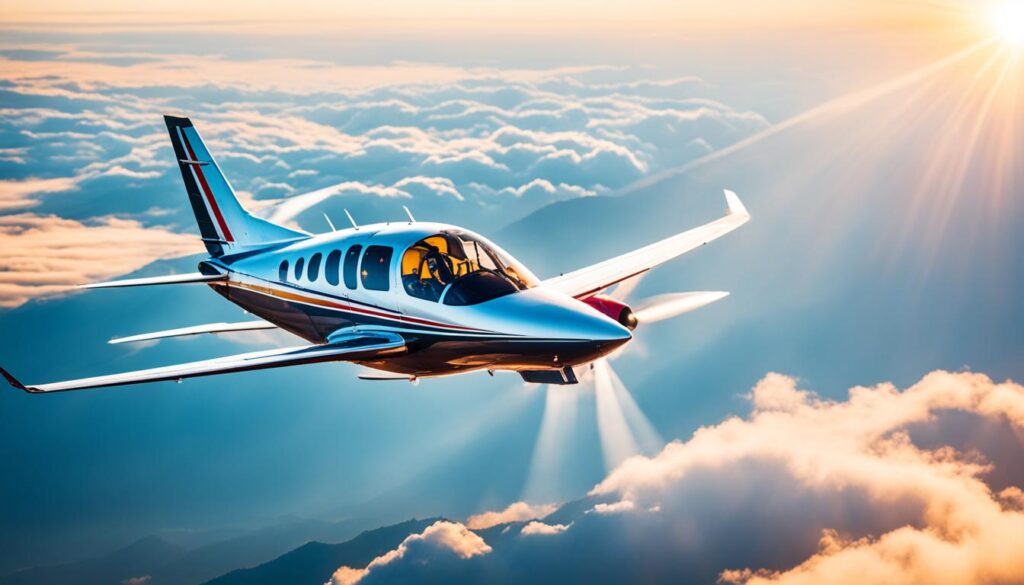
Then, think about getting a diploma or degree in aviation, like Aeronautical Engineering. This helps you learn what you need to know for flying. After that, sign up at a flying school that the DGCA approves11.
Selection stages at flying schools include tests and medical checks. These make sure you’re fit to fly. You also need to pass exams in subjects like Maths, Physics, and English10.
Next, you need to get about 200 flight hours. This is important for learning how to fly for real. You also have to pass exams for a Commercial Pilot License (CPL) or Private Pilot License (PPL) from the DGCA. Some schools, like Top Crew Aviation, have a 97% pass rate11.
Money matters too. Training to be a pilot can cost a lot, from 50 lakhs to 10 lakhs10. But, starting with pilot foundation training costs less, around Rs. 100,000 to Rs. 150,00011.
If you can’t afford it, there are other options. You could try for the National Defence Academy (NDA) for free training and a stipend10. Some schools also offer scholarships up to 10 lakhs to help with costs11.
You may also intrested to read What is the cost to become a Pilot in india
After passing the DGCA exams and flying enough hours, you can start your aviation career. You can work for airlines or charter services. Following the rules and using financial help can make training easier.
Choosing the Right Flying School in India
Picking the right flying school is key if you want to be a pilot. The top schools in India give you full training and make sure you meet all the rules.
DGCA-Approved Flying Schools
Make sure your school is approved by the DGCA and ICAO. Schools like Golden Epaulettes Aviation have a 100% success rate, helping you start a great aviation career12. IGRUA is also great, with a tough course and modern gear.
Facilities and Infrastructure-How to become a Pilot
Good facilities matter a lot. Schools like NFTI and IGRUA have the best simulators and planes. They have instructors with lots of flying hours12. This means you get top training to get ready for real flying.
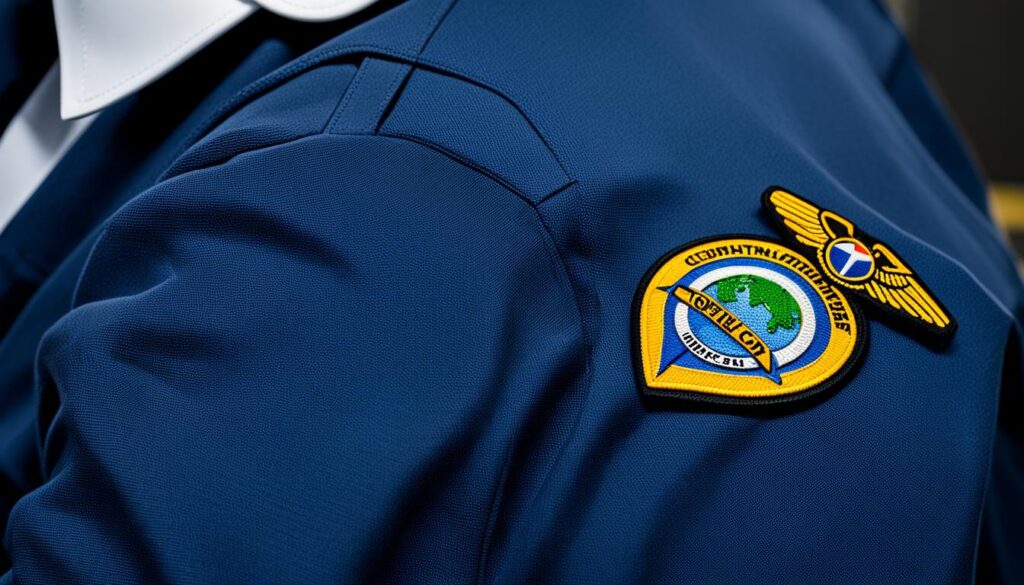
Course Duration and Fees
Pilot courses can last from six months to three years, depending on what license you want. A PPL takes 40-60 flying hours and can be finished in a year and a half13. A CPL needs 200 hours and takes up to three years13. Training costs between INR 30 lakhs to INR 40 lakhs, covering tuition, flying, and exam fees13.
So, think about DGCA approval, the school’s facilities, and the quality of training when picking a flying school in India. With some research and planning, you can choose the right school for your career goals.
How to become a Pilot and enrolling in Course

Starting a DGCA-approved pilot training course is the first step to a flying career. It covers ground, flight, and simulator training. These parts teach pilots the skills and knowledge they need.
Ground Training
Ground training teaches important theory on weather, finding your way, and flying laws. It’s key for flying safely. After this, you can move on to flying and simulator training.
Flight Training
Flight training lets students fly for real. They need 200 hours of flying, including solo and night flights, as the DGCA says13. Airlines want pilots with 500 hours, and commercial pilots need 1,500 hours4. This training is key for flying alone and on long trips.
Simulator Training
Simulator training is a must in flying today. Simulators let pilots practice different flights safely. They work on making quick decisions, staying alert, and solving problems. Simulator training is a big part of getting ready for real flying.
Understanding Different Pilot Licenses and learn How to become a Pilot.
When you start in aviation, you can choose from different pilot licenses. Each one leads to new things. After finishing the 10th grade, it’s key to know about these licenses. I’ll explain the main ones: Private Pilot License (PPL), Commercial Pilot License (CPL), and Airline Transport Pilot License (ATPL).
Private Pilot License (PPL)
To get a Private Pilot License (PPL), you need 40 to 60 flight hours. This includes flying alone and with a teacher13. Getting a PPL can take six to eighteen months, depending on how fast you learn and how much time you have13. This license lets you fly for fun and not for money. It’s a big step if you want to fly for a job later.
Commercial Pilot License (CPL)
The Commercial Pilot License (CPL) is for those who want to fly for a living. You need at least 200 flight hours and lots of ground school13. Getting a CPL can take up to three years, including all classes and tests13. With a CPL, you can work for airlines and get better-paying jobs.
Airline Transport Pilot License (ATPL)
The Airline Transport Pilot License (ATPL) is the top pilot license. It’s for those who want to fly big planes as captains. You need over 1500 flight hours and pass both tests to get an ATPL2. Getting a CPL first helps you work towards an ATPL. This license lets pilots reach the highest levels in aviation2.
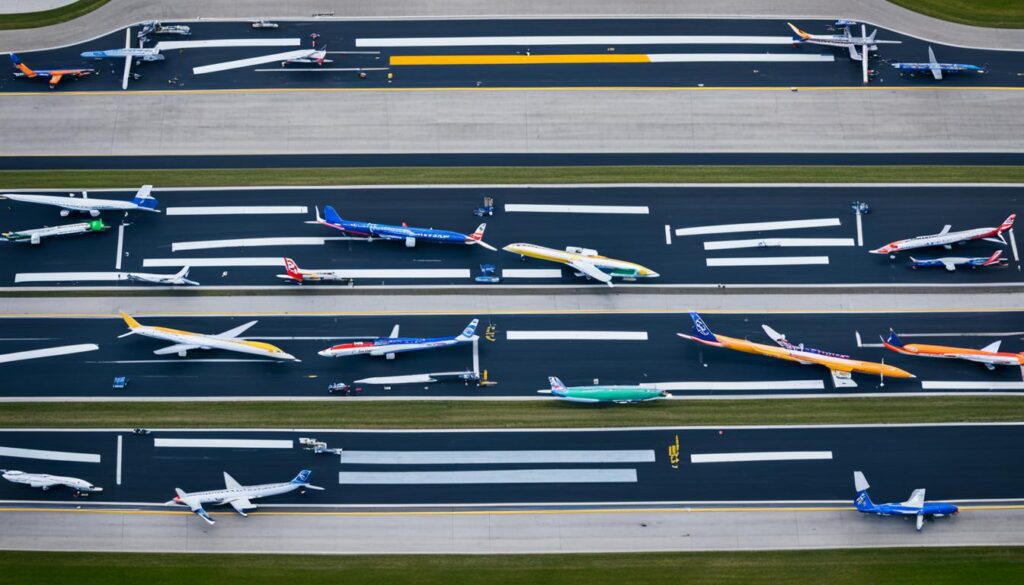
| License Type | Flight Hours Required | Training Duration | Permissions Granted |
|---|---|---|---|
| Private Pilot License (PPL) | 40-60 Hours | 6-18 Months | Fly privately, non-commercial |
| Commercial Pilot License (CPL) | 200 Hours | Up to 3 Years | Paid flying jobs |
| Airline Transport Pilot License (ATPL) | 1500+ Hours | Varies | Command large commercial aircraft |
Flight Hour Requirements –
Flight hours are key in pilot training so learn How to become a pilot.So that, they help meet the flight experience needed. Trainees must get certain solo hours and cross-country flight training to move forward.
Solo Flying Hours
The DGCA in India says pilots must fly solo for at least 100 hours to get a license. Solo flying builds confidence and skill in flying alone. It’s a key part of learning to fly well.

Cross-Country Flying Hours
Student pilots must also log 50 hours of cross-country flying. This means flying over long distances to different airports13. It teaches them how to plan trips, navigate, and talk to air traffic control.
This training makes pilots better at flying and prepares them for different flying conditions. It’s important for learning how to fly in commercial aviation.
Solo flying and cross-country flying give pilots lots of hands-on experience. Together, they make sure pilots can fly on their own and manage long flights well.
The Importance of Simulator Training
Simulator training is key in modern pilot training. It gives pilots a safe place to practice. They can try out emergency situations, complex moves, and different weather without real risks.
This kind of training helps pilots get more confident and skilled. It’s very useful for learning how to use the plane’s controls and systems safely.So please read the article completely ,how to Become a pilot .
Simulator training also cuts down the cost and time of pilot training. It makes training cheaper and quicker for schools.
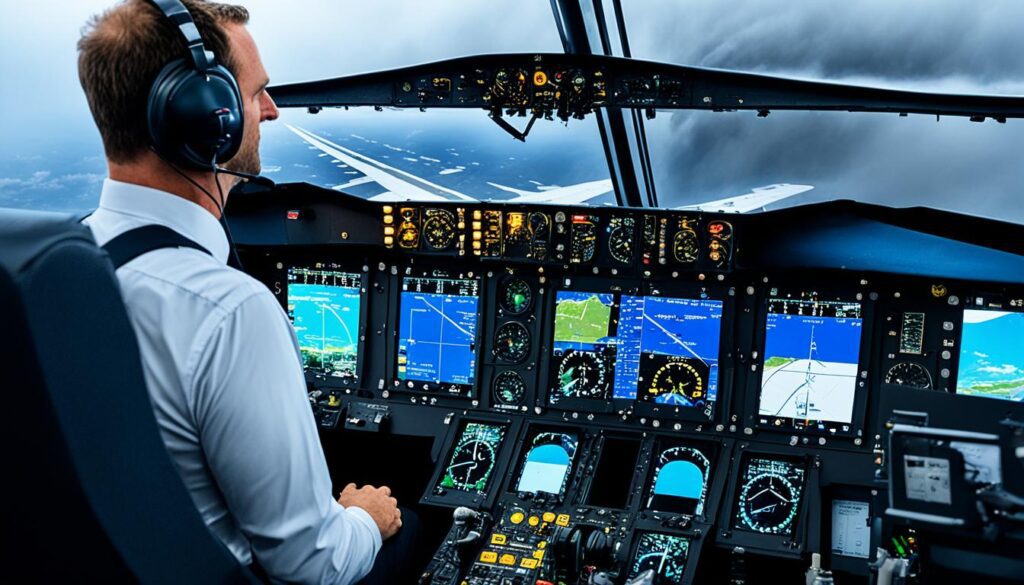
The DGCA says commercial pilots must get a lot of simulator training. This training helps pilots deal with different flight situations. It’s a big part of getting a Commercial Pilot License (CPL) in India14.
India is expected to need more commercial pilots by 2030. This means simulator training will become even more important14. With India being a big player in aviation, the focus on advanced training will grow14.
In short, simulator training is a key part of pilot training. It offers a safe, affordable way to train pilots for real flying. The role of simulators in aviation is huge for keeping flights safe and efficient.
Clearing DGCA Exams-How to become a pilot
To get a CPL, you must pass tough DGCA pilot exams. These include written and oral tests, and a flight test. They make sure you know how to fly safely as a commercial pilot.
Written Exam
The written exam checks your knowledge in aviation topics like weather, navigation, and rules. It sees if you know enough to fly safely and well. How to become a pilot Golden Epaulettes Aviation helps all its students pass these tough exams15.
Oral Exam-How to become a pilot
The oral exam looks at how well you talk and use your knowledge in real situations. Pilots must explain complex ideas clearly. At Golden Epaulettes Aviation,How to become a pilot experienced pilots with lots of flying hours help students do great in the oral exam15.
Flight Test
The CPL flight test is the last big exam. It checks your flying skills with an examiner watching closely. How to become a pilotYou need 250 hours of flying training to pass16. Schools like Golden Epaulettes Aviation check your progress and help you learn well15.
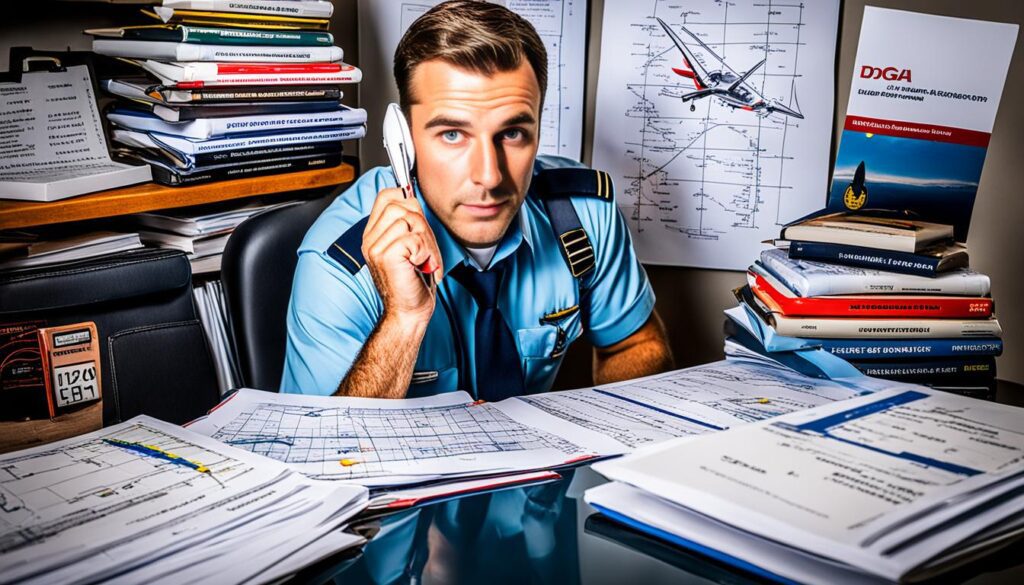
Building Flight Experience
Want to be a pilot in charge? You need a strong start. Start as a co-pilot to help the captain and get lots of flying time.
Working as a Co-Pilot
As a co-pilot, you help make flights safe and smooth. You navigate, talk to air traffic control, watch systems, and fix problems. Airlines like Air India and IndiGo in India hire co-pilots to meet travel needs17. How to become a pilot,This job is great for getting flying experience.
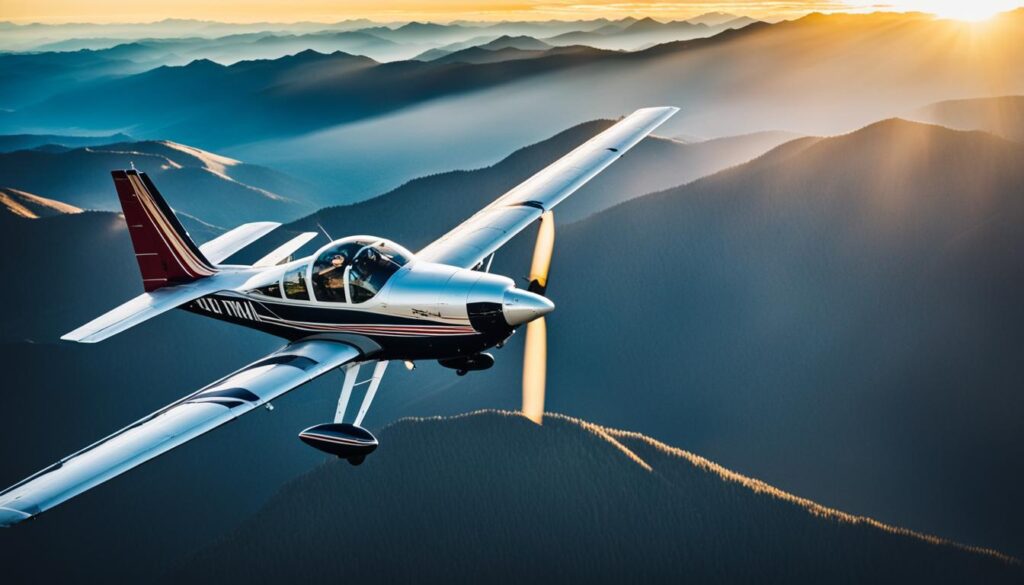
Total Flight Hours Needed
To move up, you need flight hours. A Commercial Pilot License needs 150-250 hours18. In India, you must log 200 hours of training17. How to become a pilot,You also need 100 hours flying alone and pass certain tests19.
| License Type | Flight Hours Required | Additional Requirements |
|---|---|---|
| Private Pilot License (PPL) | 40-45 hours | Includes solo flight time and cross-country flying18 |
| Commercial Pilot License (CPL) | 150-250 hours | Additional PIC hours and advanced checks18 |
Getting flight hours and being a co-pilot are key to a great flying career. Meeting these steps helps pilots move up in the aviation world.
Advanced Training and Specializations
Advanced pilot training lets pilots learn more and get better at flying. It helps them focus on special areas like Instrument Rating and Instructor Rating.
Instrument Rating
Instrument Rating is key for flying in bad weather. It lets pilots fly by using only instruments. In India, you need to pass Class 12 with Physics and Math to start this training20.
Instructor Rating
With an Instructor Rating, pilots can teach others how to fly. This job helps them make more money and helps new pilots learn. After training, pilots can make about INR 11.37 LPA21. Flight instructors earn around 8.42 Lakh INR a year21.
Career Opportunities in Aviation
Many jobs await pilots in aviation. Each job has its own challenges and rewards. Finding the right job is key to a happy career in aviation.
Commercial Airlines
Many pilots dream of working for big airlines. These jobs mean flying passengers around the world. To get this job, pilots must log 200 hours of flight time, with 100 hours leading the flight22. In India, new pilots start at about INR 2,00,000 a year. How to become a pilot Experienced pilots can earn up to INR 20,00,00022.
Charter Services
Charter services offer pilots a chance to fly smaller planes for private or corporate use. This job needs pilots to be precise and flexible. It’s great for pilots who like the challenge of flying on their own schedule. The need for skilled pilots in this area is growing, offering many job chances,How to become a pilot
Cargo Airlines-How to become a pilot
Cargo airlines are perfect for pilots who like logistics. They fly goods to different places, needing pilots with big aircraft skills. This job also needs good hand-eye coordination and awareness22. Cargo flights offer steady work, good pay, and benefits. They are key to moving goods around the world quickly and safely.
In summary, aviation has many jobs, from big airlines to cargo and charter flights. The aviation industry is growing, offering great chances for pilots.
Financial Considerations and Scholarships
For those dreaming of becoming pilots, knowing about the costs and scholarships is key. Pilot training can be expensive. But, there are ways to get help, like aviation scholarships,How to become a pilot
Cost of Pilot Training-How to become a pilot
In India, pilot training costs can go from 4 lakhs to 15 lakhs. This depends on where you study and how long it takes23. Getting a pilot’s license costs about 1.5 lakhs23.
Living expenses like rent, food, and transport add up to 10,000 to 20,000 INR a month23. The total cost to become a commercial pilot can be from 45,00,000 to 55,00,000 INR24. Banks in India offer loans up to 2 crore with interest rates from 9.50% to 10.90%25.
Scholarship Opportunities
There are many scholarships for pilot training to help with costs. Top Crew Aviation offers a 10 lakh INR scholarship, with a 97% success rate in DGCA exams24. How to become a pilot AME CET also gives up to 100% scholarships to the top-ranked candidates, helping those who want to fly.
| Financial Aspect | Cost Range (INR) |
|---|---|
| Tuition Fees | 4 lakhs – 15 lakhs23 |
| Licensing Fees | 1.5 lakhs23 |
| Accommodation, Food, Transport (Monthly) | 10,000 – 20,00023 |
| Total Cost to Become a Commercial Pilot | 45,00,000 – 55,00,00024 |
| Education Loans Offered | Up to 2 crore25 |
| Interest Rates for Loans | Starting from 9.50% – 10.90%25 |
Tips for Success in Pilot Training
To do well in pilot training, you need to focus and plan. Start by being at least 17 years old26. Make sure you get the needed flight hours, like 200 for a commercial pilot26. This gives you the flying experience you need to learn by doing.
Aviation study tips mean making a good study plan. Include all the theory and keep going over important topics. Use mock tests and quizzes to check your progress. Remember, you need 70% to pass the Commercial Pilot License exam26.
Going to ground school is also key. It helps you understand flying basics. This is useful for the written and oral exams from the DGCA. Talking with friends in study groups can also help you learn more.
Simulator training is great for practice. It makes you feel more confident and lets you try hard moves safely. You’ll need 1500 hours of flying time for an Air Transport Pilot License26, so simulators are a big help.
Getting advice from experienced pilots can really help you. They can share tips and guide you through training. Keep up with new aviation tech and rules too, as things change a lot.
Skills like thinking clearly, being confident, disciplined, and good at talking are very important. They help you pass training and work well with others in aviation27.
Having a good plan for pilot exams means studying, flying, and taking care of yourself. Eat well and sleep enough to do your best in training and tests. Keep trying hard and stay positive to reach your goal of becoming a pilot in India.
Conclusion
Starting pilot training after 10th grade in India is a big step. It’s a way to a top career in aviation. You need good English, Math, and Physics skills. Plus, you must have 200 hours of flying training28.
The cost to become a pilot is about 60 to 65 lakh INR. This includes all your training, flying hours, and your license28. You get a full education and real flying experience.
After training, pilots make good money, earning INR 2 to 2.5 lakhs a month28. They also get to travel the world and see new places29. The need for air travel is growing, making pilots key to connecting the world29.
The aviation world is changing with new tech and green practices29. Future pilots will work with new tools and keep making the industry better. They can work in civil aviation or the Indian Defence Force. This career is both possible and fulfilling for those who work hard and never give up.
FAQ
What are the steps to become a pilot after 10th in India?
After 10th, you should finish 12th with Physics and Math. Then, pass medical tests as per DGCA rules. Next, join a flying school, complete ground and flight training, and get a Commercial Pilot License (CPL).
What aviation courses can I pursue after 10th in India?
After 10th, you can look for diploma or degree programs in aviation fields like Aeronautical Engineering. Then, you can join pilot training programs at places like Golden Epaulettes Aviation.
What are the eligibility criteria for pilot training after 10th?
You need to do well in English and Math in 10th. Then, get at least 50% in Physics and Math in 10+2. You must be 17 or older. You also need to pass a medical test to see if you’re fit.
What licenses can I pursue after 10th to become a pilot?
You can start with a Private Pilot License (PPL). Then, move to a Commercial Pilot License (CPL) with enough flight hours. Finally, aim for an Airline Transport Pilot License (ATPL) with lots of flying experience.
What are some of the top pilot training institutes in India?
Top pilot training places in India include Indira Gandhi Rashtriya Uran Akademi (IGRUA), National Flying Training Institute (NFTI), and Golden Epaulettes Aviation. Make sure the school is DGCA-approved for real training.
What is the importance of simulator training in pilot education?
Simulator training is key. It lets you practice flying safely, learn about emergencies, and handle different weather. It’s a way to get good at flying without the dangers of real flights.
How much does pilot training cost in India?
Pilot training in India costs between Rs. 25 to 50 lakhs, based on the course and how long it lasts. You might get scholarships or financial help through exams like the AME CET to lower costs.
What are the DGCA examination requirements for obtaining a pilot license?
To get a pilot license, you must pass DGCA’s written tests on aviation weather, navigation, and rules. You also need to do oral exams to check your speaking and knowledge skills. Plus, you have to pass a flight test to show you can fly well.
What are the career opportunities for pilots in India?
Pilots in India can work for airlines, charter services, or cargo airlines. Each job has its own needs and paths. Pilots can pick based on what they like and their experience.
How many flight hours are needed to obtain a Commercial Pilot License (CPL)?
To get a CPL, you must log 200 hours of flying. This includes hours for flying alone and across different places, as per DGCA rules.
Author
-

About the Author P. Hari Prasad is a highly experienced blogger and content writer with over 10 years of experience in crafting engaging, informative, and SEO-optimized articles. Holding a Master's degree in Chemistry (M.Sc Chemistry ), he brings a unique blend of scientific knowledge and creative storytelling to his work. With expertise in educational topics, career guidance, and technology trends, P. Hari Prasad has helped thousands of readers make informed decisions about their academic and professional journeys. His articles are meticulously researched, ensuring accuracy, relevance, and alignment with Google's E-E-A-T (Experience, Expertise, Authoritativeness, Trustworthiness) guidelines. P. Hari Prasad is passionate about empowering students and parents with actionable insights and practical advice. When he's not writing, you can find him exploring new developments in science and technology or mentoring young writers. For more insightful articles, stay tuned to his blog, where education meets inspiration. WordPress, Make Money Online, News and Technology through this website.
View all posts

